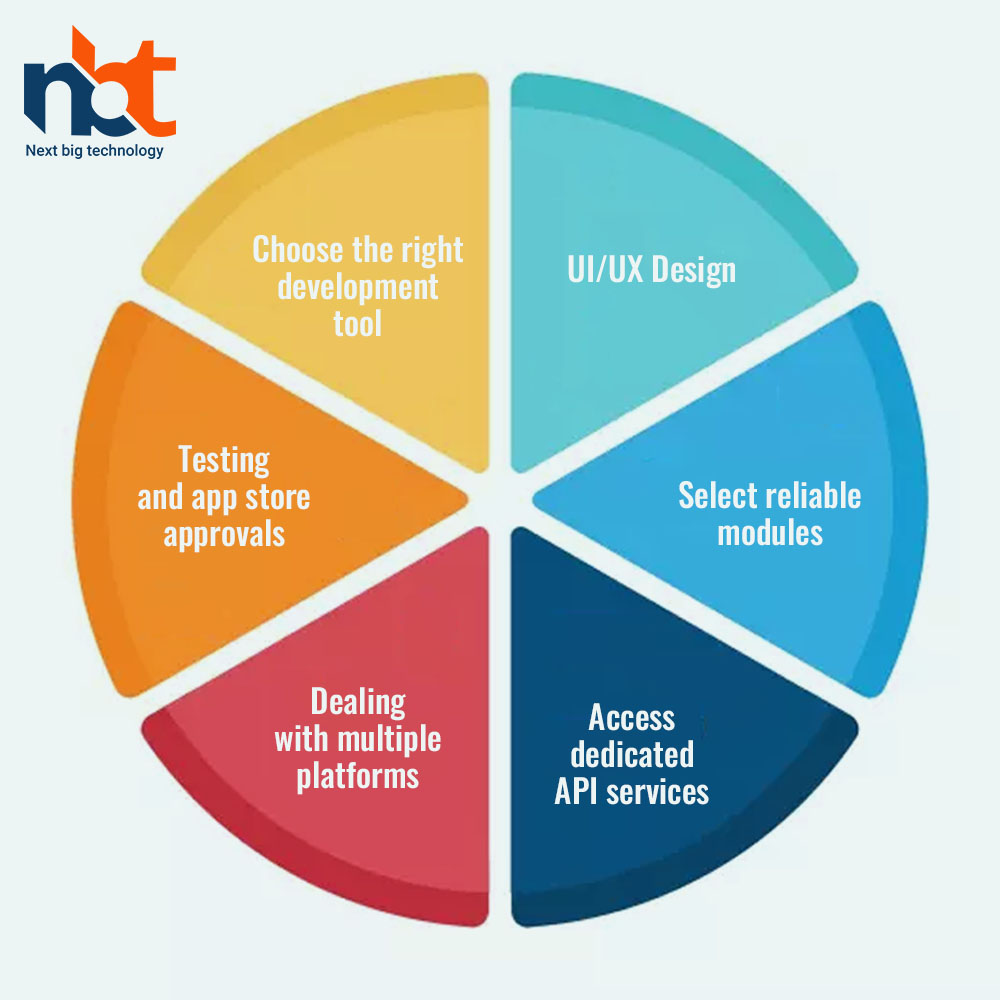In today’s digital-savvy world, devices are running on different operating systems across the globe. To reach a larger audience, businesses must publish their mobile app on Android, Windows, and iOS mobile app development platforms. This process is known as cross-platform mobile application services. Moreover, creating an application multiple times for different platforms with different technologies and different tools is quite a daunting task that consumes lots of time, money, and effort. Therefore, most of the Cross-Platform app development company in India is now following this development strategy for their business.
-
Table of Contents
Choose the right development tool
Also read: A Guide to Choose the Best Cross-Platform Mobile App Development Tool?
There are multiple tools available in the market. Businesses only need to choose the right tool at the right time. Some of the majorly used app development tools include Xamarin, RhoMobile, NativeScript, Kony Mobile Platform, Monocross, and more. Some editors and IDEs related to these tools further include IntelliJ, Visual Studio, etc.
-
UI/UX Design
Developers of top mobile app development companies need to consider separate UI guidelines to fulfill the needs of diverse platforms. It is very essential while rendering a unique user experience. The professionals must know the guidelines and requirements before beginning the app development process. Later, they must have a deeper understanding and knowledge of the navigation to ensure the smooth running of the app on all the search engines.
-
Select reliable modules
There are many pros of using modules to help with app development for cross-platform handling. This helps the next big technology development services in reducing the time spent on various engines and provides the widest exposure to native SDKs. Also, the modules can bring a lot of quality information to use in the process.
-
Access dedicated API services
The majority of app companies use a single API to deploy platform-specific mobile applications for Apple iOS, Google Android, and even the web. This approach may work on medium-scale projects or on projects where all the clients have the same requirements. For this, developers must decouple the API from other existing API services and expose a set of related functionalities to the back end. This approach is known as dedicated API services.
-
Dealing with multiple platforms
Also read: Top Cross-Platform Frameworks That are Trending in 2020
Devices that work on the ‘same’ platform have different capabilities. The most basic is screen size, but other device attributes can vary and require an application to check for certain capabilities and behave differently based on their presence. Some platform-specific attributes include Screen sizes, Navigation metaphors, Keyboards, Touch and gestures, Push notifications, etc. Similarly, device-specific features include a Camera, Geo-location & maps, Accelerometer, gyroscope and compass, Twitter and Facebook, etc.
-
Testing and app store approvals
This step helps you to successfully launch your cross-platform mobile application.
- Testing – The application has to pass an approval process before they are published, so testing is critical to ensure your app reaches the market.
- App Store Approvals – Waiting for an application to be reviewed can be stressful. Usually, the apps are submitted for approval with very little margin for error before the “targeted” launch date. The process can take up to two weeks.
Thanks for reading it.









 Developers of top
Developers of top 



